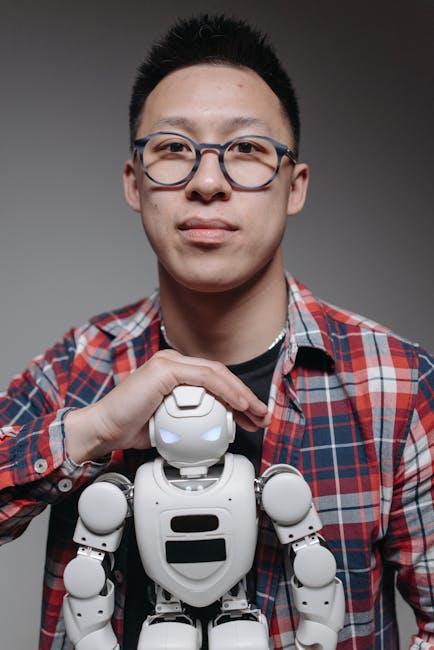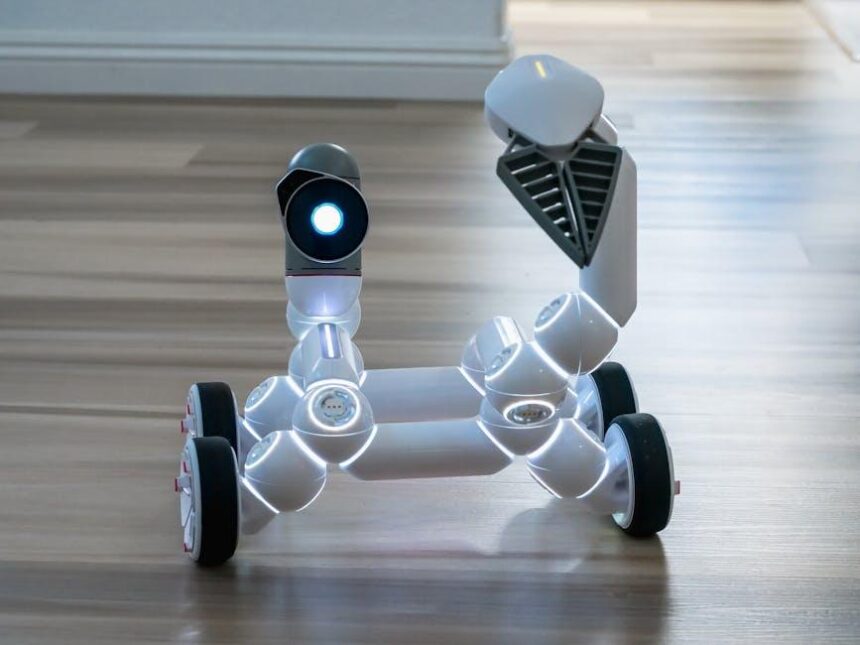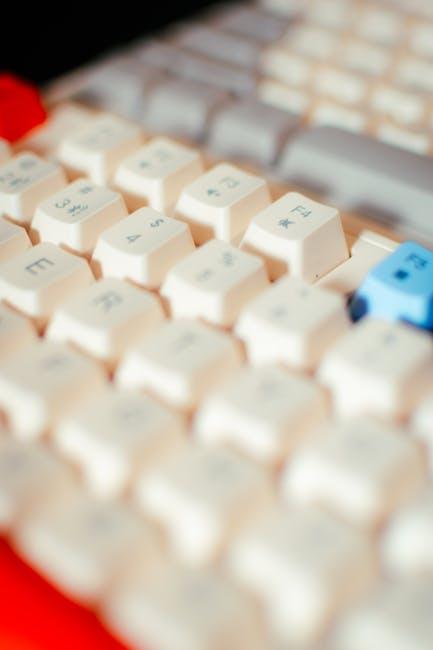In the realm of photography, capturing a perfect portrait has long been an art form reserved for skilled hands and keen eyes. Today, however, the rise of artificial intelligence is quietly transforming this tradition, embedding a new kind of artistry within the very mechanics of our cameras. From subtle background blurs to enhanced facial details, AI-powered portrait modes now shape how stories are told through images, blending technology with creativity in ways once thought impossible. This article explores the fascinating role of AI in camera portrait modes, unveiling how intelligent algorithms are redefining portrait photography for everyone, everywhere.
Understanding the Evolution of Portrait Modes Through AI Innovation

The transition from simple blur effects to sophisticated portrait modes in smartphone cameras showcases the power of AI algorithms learning to mimic the nuances of professional photography. Early implementations relied primarily on edge detection and rudimentary depth mapping, often producing artificial and inconsistent backgrounds. However, AI-driven innovations have enabled devices to recognize faces, hair strands, and even differentiate between foreground and background objects with remarkable precision. This evolution means portrait modes now deliver more natural bokeh effects, realistic skin tones, and enhanced subject isolation, transforming everyday snapshots into gallery-worthy images.
Several key technologies have propelled this advancement:
- Depth sensing and enhancement: Combining data from multiple lenses and sensors to build accurate depth maps.
- Semantic segmentation: AI distinguishes complex elements such as facial features, accessories, and hair for refined masking.
- Neural rendering: Uses machine learning models to recreate realistic lighting and shading effects.
| Technology | Impact on Portrait Mode |
|---|---|
| Depth Mapping | Creates accurate distance layers for background blur |
| AI Segmentation | Improves subject-background separation |
| Machine Learning | Refines skin tone and lighting touch-ups |
As AI continues to advance, portrait modes are expected to become even more intuitive, adapting in real-time to different lighting conditions and artistic preferences. This technological synergy between hardware and AI software is reshaping how we capture and perceive human expressions, making portraiture accessible to anyone with a smartphone camera.
How AI Enhances Depth Perception and Background Blur Realism

AI algorithms revolutionize the way cameras perceive depth by analyzing multiple layers within an image, far beyond the capabilities of traditional hardware alone. Using machine learning models trained on vast datasets, AI can differentiate between the subject and the background with impressive accuracy, even in complex environments. This precise segmentation allows cameras to generate a more natural and gradual background blur, also known as bokeh, mimicking the nuanced focus effects typically seen in professional photography. As a result, portrait mode images gain enhanced dimensionality, drawing viewers’ attention seamlessly to the subject while preserving realistic depth cues.
Beyond just creating blur, AI dynamically adjusts the strength and style of the background effect based on various factors such as lighting, distance, and subject contours. This includes handling hair strands, glasses, and transparent objects with remarkable finesse-challenges that traditionally plagued digital blurring techniques. Here’s an overview of how AI contributes:
- Adaptive blur intensity: Varies strength smoothly for natural depth transition.
- Edge refinement: Detects fine details around subject edges to avoid artificial halos.
- Scene understanding: Interprets complex elements like reflections and varying light conditions.
| Feature | AI Enhancement |
|---|---|
| Depth Mapping | Multi-layer analysis with neural networks |
| Background Blur | Smooth gradients with edge-aware algorithms |
| Subject Isolation | Pixel-level segmentation accuracy |
Balancing AI Automation with User Control for Optimal Portraits
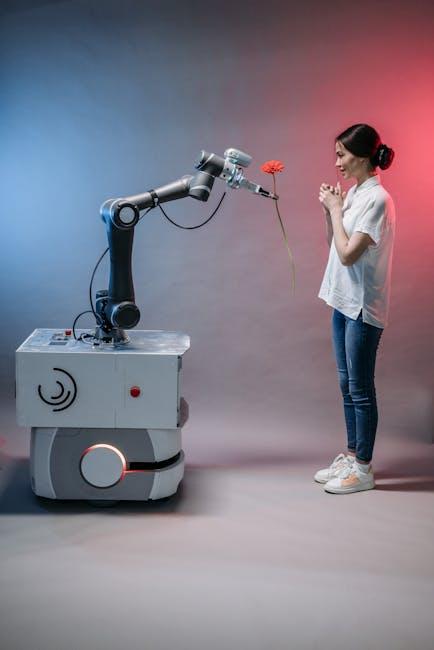
AI automation has revolutionized how portrait modes operate, streamlining complex adjustments like lighting, focus, and background blur with remarkable speed and precision. However, while automation enhances the technical quality, preserving some degree of user control is essential to maintain artistic expression. Allowing photographers to manually tweak elements such as depth-of-field, skin smoothness, and color tones ensures that each portrait communicates a unique vision rather than a one-size-fits-all algorithmic output.
Striking the right balance means offering intuitive interfaces where AI handles the heavy lifting in the background but users can step in with simple controls. Some effective features include:
- Adjustable bokeh intensity to refine the background blur effect
- Selective retouch sliders for skin texture and lighting
- Customizable face detection to highlight or soften key features
| Feature | AI Automation | User Control |
|---|---|---|
| Bokeh Effect | Auto background separation | Blur intensity slider |
| Skin Retouching | Automatic smoothing | Adjust softness manually |
| Lighting | Smart exposure correction | Exposure and contrast tweaks |
This synergy between AI and user input transforms portrait photography into a collaborative dance, blending computational efficiency with creative freedom to produce truly personalized images.
Best Practices for Leveraging AI Features in Everyday Photography
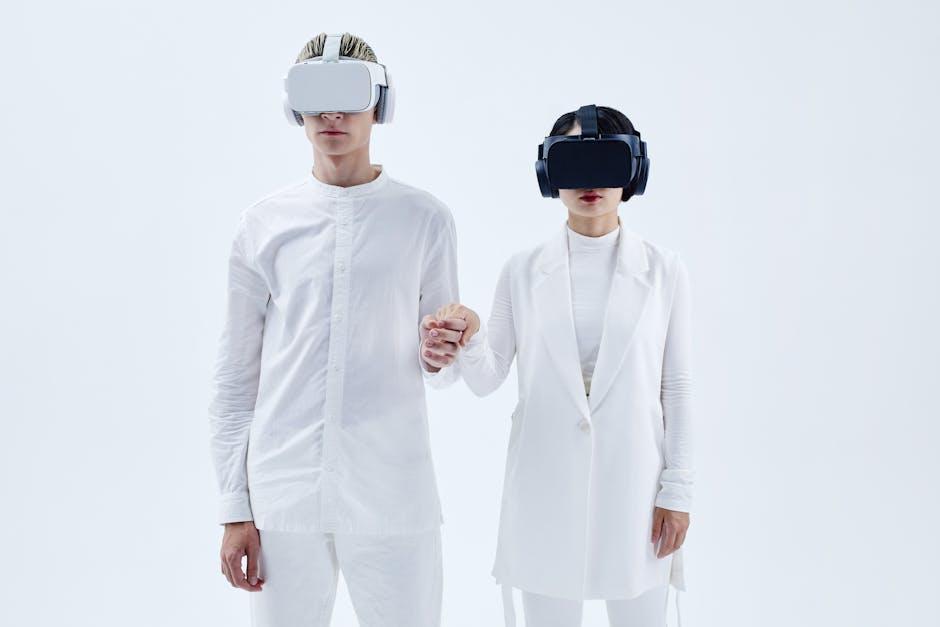
To truly harness the power of AI in portrait photography, it’s essential to understand how these intelligent systems interpret scenes and subjects. Start by experimenting with different lighting and backgrounds to see how the AI adapts its depth-mapping and skin-smoothing algorithms. Many AI-driven portrait modes automatically enhance facial features while subtly blurring the background, but they often rely heavily on contrast and edge detection. By controlling these elements, you can guide the AI to produce more natural and flattering results. Additionally, don’t hesitate to customize the AI settings when your device offers adjustable blur strength or portrait lighting effects, allowing you to strike a balance between artistic flair and authenticity.
Embracing AI-powered assistive features also involves recognizing when to override or supplement their work with manual touches. For instance, AI might misinterpret complex hair textures or glasses reflections, so reviewing and adjusting your shots post-capture can improve the final image dramatically. Here are some quick tips to maximize AI efficiency in everyday portraits:
- Use portrait mode in well-lit environments to give AI more data points for accurate subject detection.
- Keep the subject at a moderate distance to help the AI render natural background blur without cutting out fine details.
- Avoid overly busy backgrounds to prevent AI from confusing subject edges and background elements.
- Regularly update your camera software to benefit from the latest AI improvements.
| Feature | Best Practice | Expected Benefit |
|---|---|---|
| Depth Sensing | Use moderate distance | Smoother background blur |
| Skin Retouching | Adjust retouch levels | Natural skin texture |
| Lighting Effects | Experiment with modes | Enhanced mood and focus |
| AI Updates | Keep software current | Improved accuracy and features |
Future Outlook
As the lines between art and technology continue to blur, AI stands at the forefront of redefining how we capture human expression. Portrait modes powered by artificial intelligence are no longer just tools-they are collaborators, enhancing our ability to tell stories through images. While the human touch remains irreplaceable, AI’s role in refining every shot invites us to see faces not just as pixels, but as moments infused with depth and emotion. In this evolving landscape, the camera becomes more than a device-it transforms into a bridge between vision and reality, guided by the subtle intelligence of machines.
